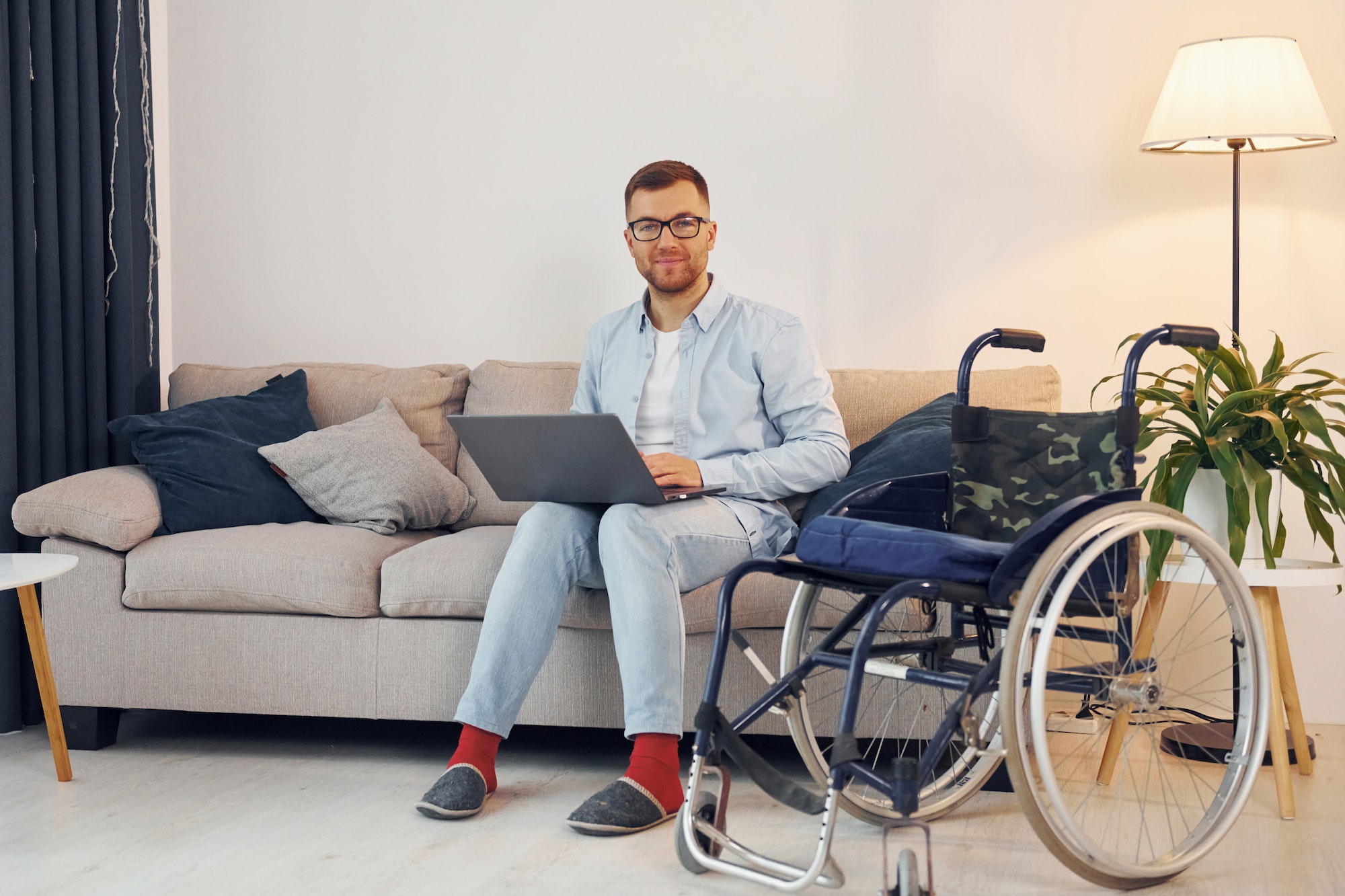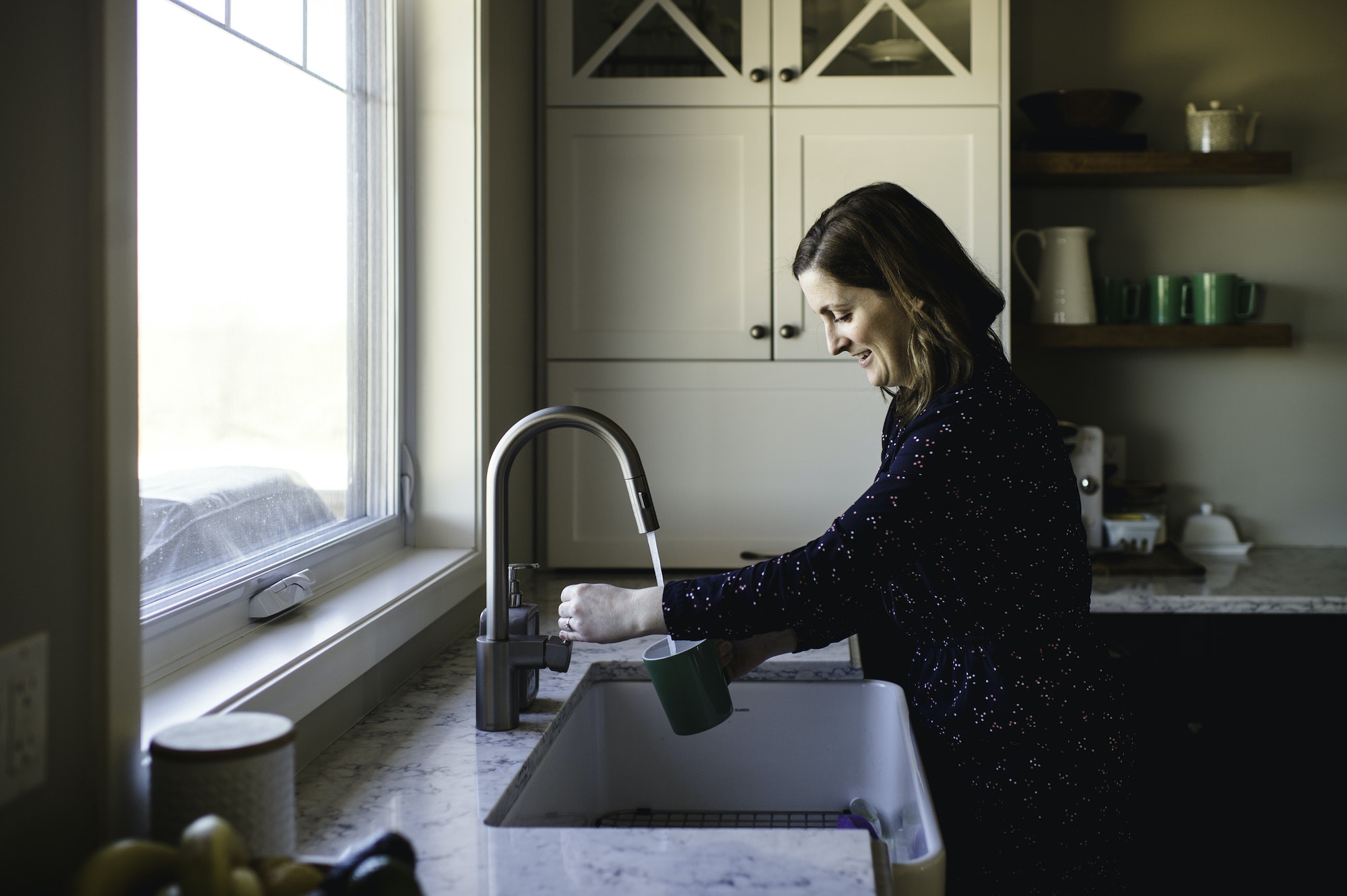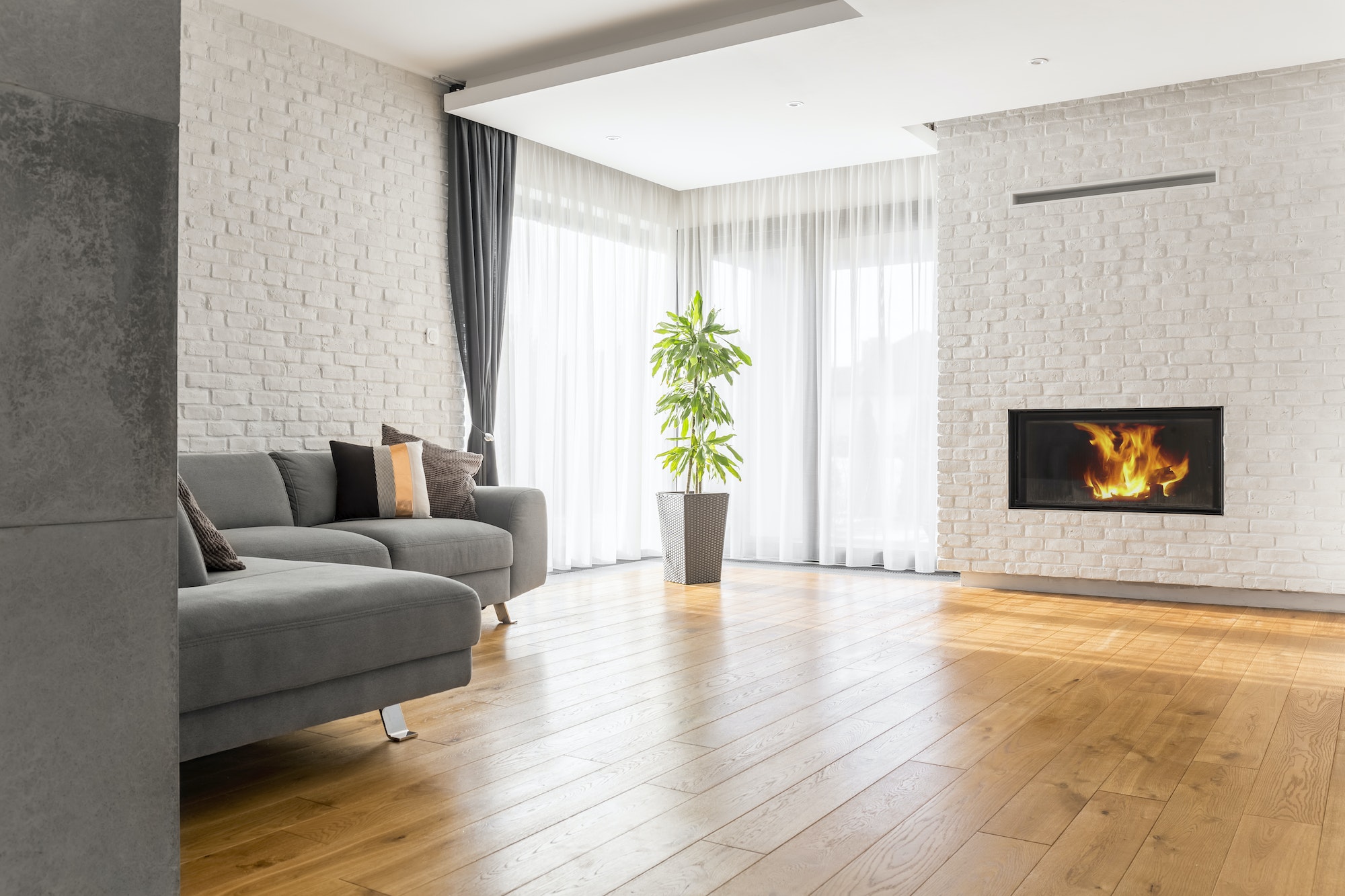Adaptations to your home include changes that make the house easier and safer for one to live independently for longer and move about. Home adaptations such as grab rails and stairlifts help the disabled or elderly persons manage their life at home better on their own. Thus, you do not have to take them to a care home or move into another house. Home adaptations help the disabled, and the elderly feel appreciated and at home. It can also help boost their confidence, especially when they can do most things independently.
Primarily, there is a wide range of home improvement alternatives which can be small or big based on your specific needs. Some home adaptations may be costly and require building work. The good news is that you can access grants to help cater to these costs. For any adaptation costs below 1000 dollars, the local council can help cover it.
Adaptations that help the disabled or elderly better manage their tasks in the house include the following:
- Widening doorways; helps those using wheelchairs easily access their way in and out of the house.
- Lowering Kitchen Tops; usually, short people or persons on wheelchairs may not be able to reach kitchen countertops of a normal height. Therefore, you will need to lower them for easier accessibility.
- Fitting a banister or stairlift and being physically challenged can limit one from using staircases. A stair lift serves as a perfect alternative for the elderly or disabled to reach their destinations safely and without struggling.
- Installing Motion sensor lights; instead of a physically challenged person struggling to reach the switch to put lights on, motion sensor lights can be installed. Also, it allows them to see where they are going, thus avoiding hurting themselves.
- Installing step rails or ramps; helps people on wheelchairs to easily access different places around the home, as taking staircases would be difficult.
- Adding grab rails by the bed or the bath; acts as a support system for people who might not climb up the bed easily but only require little support to do it themselves.
- Buying Commode Chairs; sometimes, it might be difficult for the elderly or physically challenged people to use the normal washrooms. This can be stressful, especially if you have a full-time job and thus are not always available to help. The good news is that commode chairs provide a better and easier way for one to relieve themselves.
Amazing Benefits of Home Adaptations
It can be cost-effective in the long run. Making home adaptations will provide an alternative to paying for care homes which can be quite expensive. Additionally, it will allow you to live in the comfort of your home, even with a disability.
Adapting your house by lowering or raising tables, widening doors and adding access to ramps allows family members using wheelchairs to move easily around the house. This greatly boosts independence and accessibility around your home.
Fitting grab rails can help you avoid falls and injuries, while lowering kitchen worktops can make it easier to prepare meals. Thus, you can help each other in doing different house chores.
Discover more from Futurist Architecture
Subscribe to get the latest posts sent to your email.




